Found hiding in a watch lot purchased by the owner, this 1970’s Sicura had obviously had a tough life.
(Click pictures to enlarge)
Sicura was started in the early 1960’s by Ernest Schneider, a pilot and micro-electronics specialist. Throughout the 1960’s and 70’s the company developed a wide range of diver’s watches, chronographs, world time watches, and also a range of mechanical digital, or ‘jump hour’ watches, often with funky styling (this one even has a built in light.)
The company grew quickly, offering models aimed mainly at the lower end of the market, which proved to be successful even when quartz watches appeared on the scene.
By the end of the 1970’s the quartz revolution had really taken hold, damaging the prospects of many long established watch manufacturers. Breitling was one such company who, despite offering high quality watches, were on the lookout for a buyer. Ernest Schneider recognised the potential of the renowned brand and stepped up to rescue Breitling. Though the companies remained completely separate, you will often see Sicura linked with Breitling (often in a bid to increase the perceived value of a Sicura!)
The majority of Sicura’s chrongraphs were fitted with pin lever calibres, like the EB cal. 8420, but during the 1970’s some models were fitted with higher quality Valjoux calibres. The watch in this post is one of them, fitted with a Valjoux cal. 7734 in this case.
The movement was intact and relatively clean, it just needed a service to bring it back to full working order. The majority of the work on this watch was on the case.
As you may have noticed in the first picture, the watch was missing both pushers, the crystal was cracked, and the crown had seen better days. Amazingly the chrome plated case had survived more or less intact with just minor wear through on the back.
The first problem I encountered was with the pushers. Just like the Zodiac I wrote about recently (see here), the large size of the case meant that standard pushers were too short to reach the movement. A different solution was needed this time as the pushers on this watch weren’t the “screw-in”, but the “drive-in” type. With screw-in pushers the central screw can be unscrewed from the pusher head and modified or replaced, but that wasn’t the case here as drive-in pushers are often sealed units.
The solution was to make two end caps for the pushers to extend their reach. Not the most elegant of solutions, but effective all the same.
The second problem to overcome was with the crystal. Like the Zodiac chronograph, this is another large watch with a very large glass, and just like the Zodiac, the crystal is secured in the case by the tachymeter ring around the dial which doubles as a tension ring.
Ordinarily the diameter of the old crystal is measured and a new crystal is ordered in the same size. However, at 37.6mm, the crystal in this watch is bigger than the largest tension ring crystal commercially available. The solution was to order a different kind of crystal and cut a lip into the inner edge for the tachymeter ring, effectively converting it into a tension ring crystal. The size of the lip had to be exactly right, too deep and the tension ring wouldn’t work and crystal would fall out, too shallow and it would crack when pressed in.
All went well, and with the casing problems solved and the movement serviced, fitting a new crown finished the job.
If you are a fan of 1970’s Bullhead chronographs, you may be interested in this post that I wrote a couple of years ago.
Rich.
** Many thanks to Jürgen Kamerman for letting me feature his watch on the blog. **

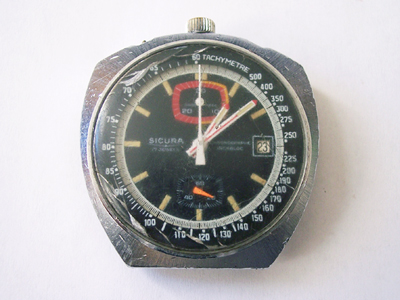
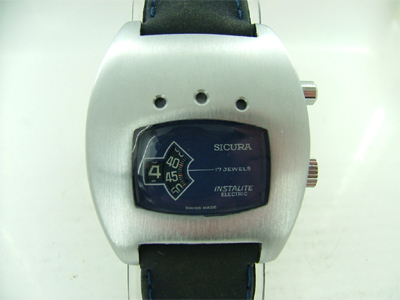
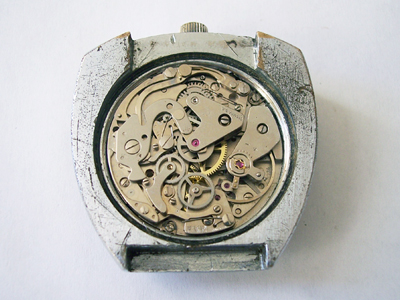
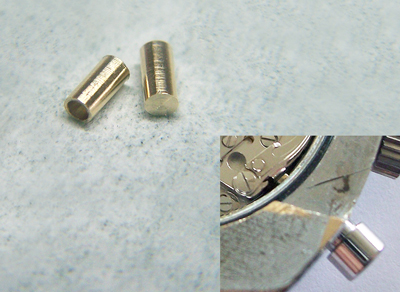
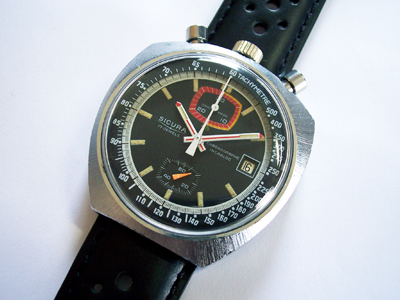
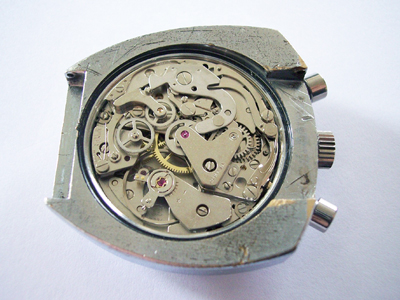
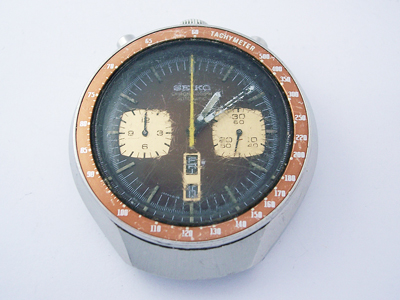
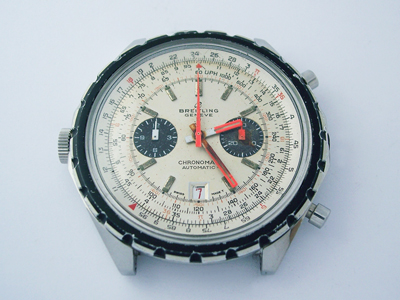
Great to read the article about the restoration of my watch. Awesome!!! Thank you.